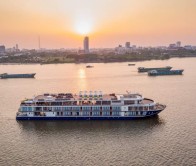CHÔL CHNĂM THMÂY FESTIVAL OF THE KHMER IN THE SOUTH
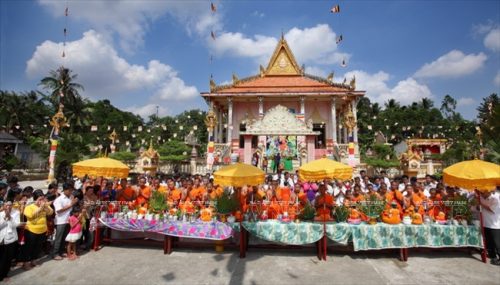
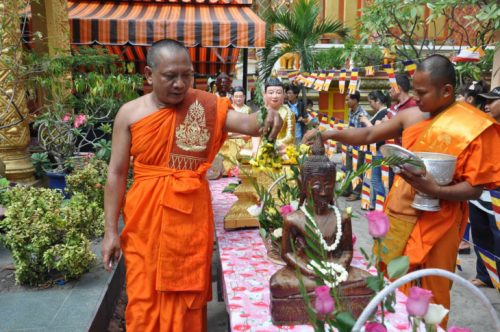
Before the festival, the locals prepare everything carefully. Firstly, all the people in a family must be dressing up well. Small children are provided with new clothes. Monks at pagodas pray for peace before bathing statues with fragrant water. People here also bath with fragrant water to wash out all the bad things of the old year to welcome a lucky new year. They decorate their altars and houses. Foods for cattle are well prepared for 3 days.

In addition to Buddhist worshipping, the Khmer here also believe that each year, there will be a fairy from heaven assigned to come to the earth helping the people and will come back the heaven at the year end. Another fairy shall replace her on the next year. Thus, on the eve night, people burn incenses and present 5 branches of flowers, 5 candles, 5 incenses, 5 grains of sticky rice and other fruits on their altar. The whole family gather in front of the altar with their foot winded to farewell the fairy and welcome the new one coming to the earth.
- The first day of the festival is called Thngay Chôl Chnăm Thmây when the people have bath and dress up then bring their tray of foods to pagoda, praying for happiness. Acha is the controller at the pagoda who leads people to practise the customs of the festival. people then have a party at the pagoda.
- The second day is called Thngay Von-boch when every family having their meals devoted to monk at pagodas in the morning and noon. Before having meals, the monks pray for goodness to the providers. The afternoon is the time for building sand dunes at the pagoda’s campus to wish for good thing to come.
- The last day of the festival is Thngay Lơn-săk when people bath the Buddhist statues with fragrant water before bathing the old monks at pagoda. By this activity, they mean washing out all the dirt to come to a complete new year.
Every family regardless of economic situation will prepare Num-chrut cakes which is almost similar to Tet Cake of the King in the South and Num-Tien cake (nearly similar to It Cake in the South). These two kinds of cake represent the prosperous and warm as well as the fruitful crops for the new year.
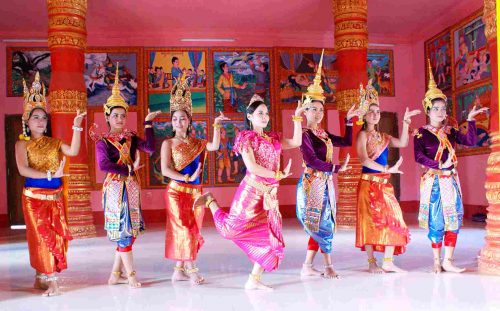
During 3 festival days, the locals also organize some artistic festivals and games including singing, drum dancing, kite playing, candle dancing with exciting dances. The Khmer also come to each other family to wish each other happy, healthy and a prosperous life.
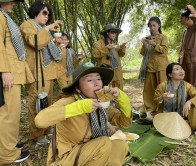
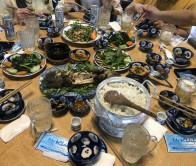
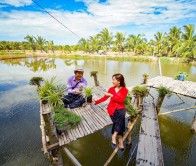
![Victoria Mekong Cruise – Ho Chi Minh City – Can Tho – Phnom Penh(5D/4N) [UPSTREAM 1]](https://mekongeco.com/images/thumbnail/268-445/1-2-2.jpg)
